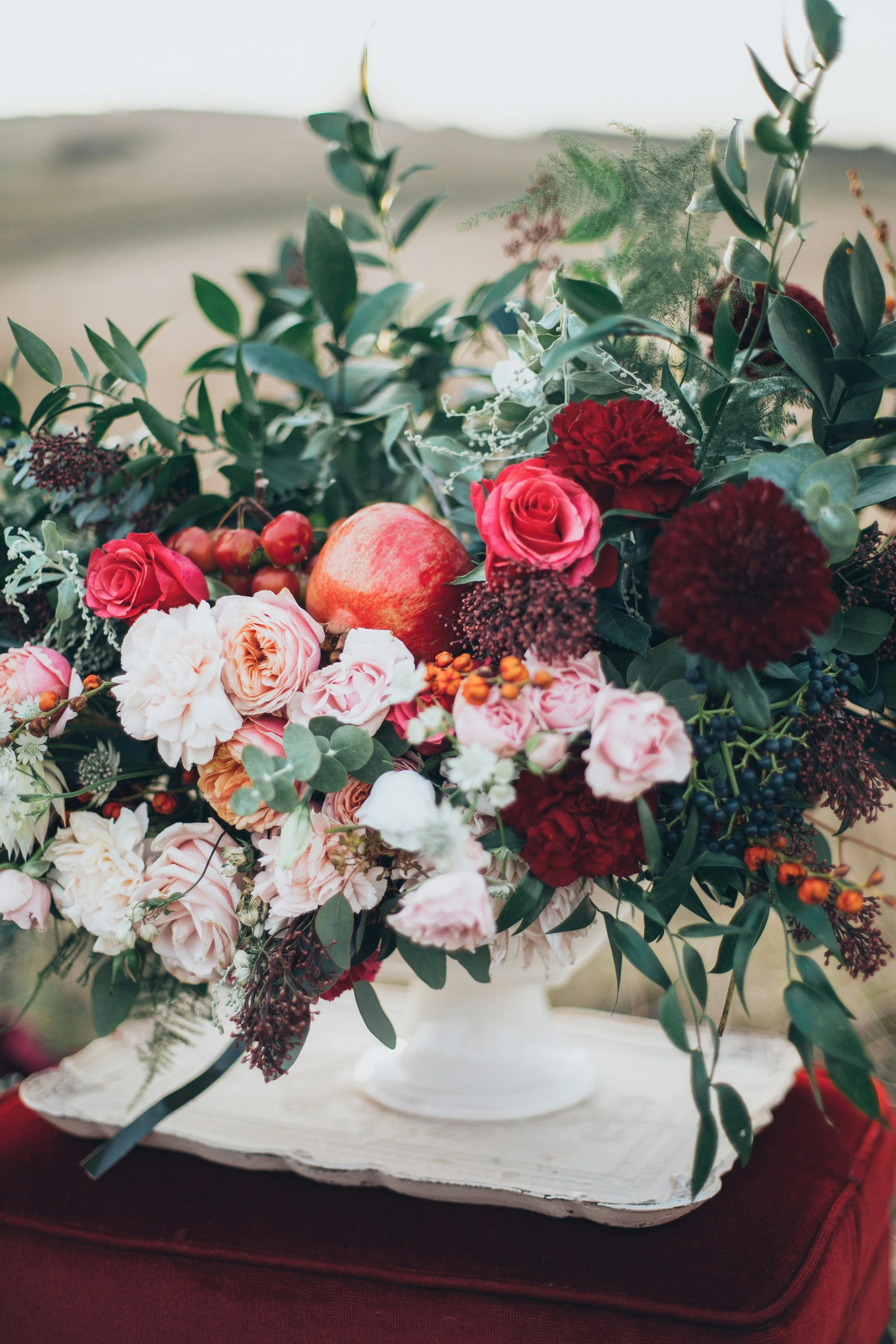Flower Arrangement Theory: A Comprehensive Exploration
Flower arrangement theory encompasses the art and science of creating harmonious, aesthetically pleasing compositions using flowers, foliage, and other natural elements. Whether for personal enjoyment, special occasions, or professional purposes, understanding the underlying principles enhances a florist’s ability to craft captivating displays.
1. Color Theory in Floral Design
Color Wheel: The color wheel serves as the foundation for floral color combinations. It includes primary colors (red, blue, yellow), secondary colors (created by mixing primaries), and tertiary colors (formed by combining adjacent primary and secondary colors).
Harmonious Schemes:
Analogous: Adjacent colors on the wheel (e.g., red, orange, yellow).
Complementary: Opposite colors (e.g., red and green).
Monochromatic: Variations of a single color (e.g., different shades of pink).
Triadic: Equally spaced colors (e.g., red, blue, yellow).
Accent Colors: Introduce a contrasting color to enhance visual interest.
2. Principles of Composition
Balance: Achieve equilibrium by distributing visual weight evenly. Consider symmetry, asymmetry, and radial balance.
Proportion: Maintain pleasing proportions between flowers, foliage, and container size.
Rhythm: Create movement through repetition and progression.
Unity: Ensure coherence and a sense of belonging among elements.
3. Elements of Design
Line: The path followed by stems and branches. Curved lines evoke softness, while straight lines convey formality.
Form: The shape and structure of individual flowers. Consider geometric forms (round, triangular) and organic forms (curved, irregular).
Texture: Vary texture by combining smooth petals, spiky foliage, and delicate blooms.
Space: Use positive (occupied by flowers) and negative (empty) space intentionally.
4. Techniques and Styles
Traditional Styles:
Ikebana: Japanese art of minimalistic, symbolic arrangements.
European Styles: Classic designs emphasizing symmetry and balance.
Contemporary Styles:
Abstract: Unconventional shapes and materials.
Minimalist: Simple, clean lines with negative space.
Wildflower: Embrace natural, unstructured forms.
5. Beyond Flowers
Foliage: Leaves, branches, and grasses add texture and depth.
Containers: Choose vessels that complement the arrangement’s theme.
Accessories: Incorporate decorative elements like ribbons, beads, or feathers.
Flower arrangement theory combines creativity, intuition, and technical knowledge. Aspiring florists should explore color relationships, experiment with design principles, and appreciate the beauty of nature. Whether crafting a bridal bouquet, a table centerpiece, or an elaborate installation, mastering these principles elevates floral artistry to new heights.
